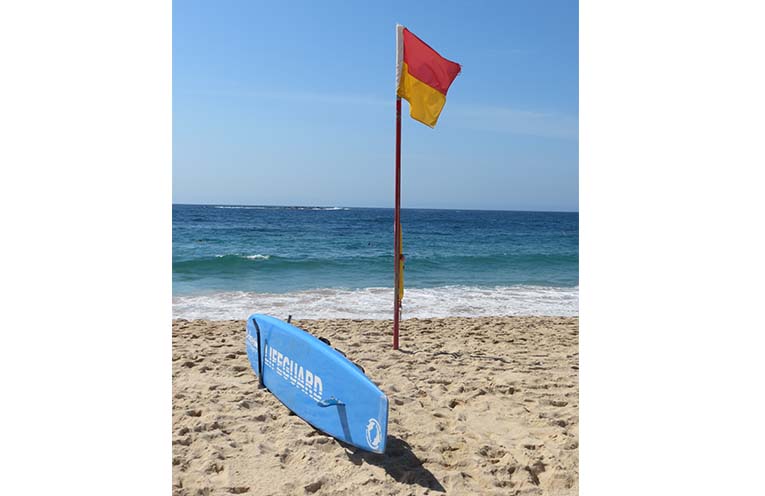
THE latest State of the Beaches report has revealed 94 percent of monitored ocean beaches and 80 percent of all the state’s monitored swimming spots are graded as good or very good.
Four swimming sites were monitored in the Port Stephens local government area.
 Advertise with News of The Area today.
Advertise with News of The Area today.It’s worth it for your business.
Message us.
Phone us – (02) 4981 8882.
Email us – media@newsofthearea.com.au
All locations were monitored by Hunter Water Corporation as a requirement of Environment Protection Licences.
Samples were collected every sixth day throughout the year.
Three of the four ocean beaches were graded as Very Good in 2021–2022: Zenith Beach, Box Beach and One Mile Beach.
Water quality at these sites has continued to be of a high standard and was suitable for swimming almost all of the time.
Fingal Beach was graded Good in 2021–2022, downgraded from Very Good in the previous year.
Water quality at this site was suitable for swimming most of the time but was occasionally impacted following rain.
The annual report provides an overview of water quality at 214 swimming locations across the State, which are monitored under the NSW Government’s Beachwatch and Beachwatch Partnership programs.
Minister for Environment James Griffin said State of the Beaches has five categories of water quality rating: very good, good, fair, poor or very poor.
“Despite the wettest summer in a decade, and Sydney’s wettest year on record, there’s been only a slight decline on last year’s results,” Mr Griffin said.
“In 2021–22, 172 (80 percent) of the 214 swimming sites in NSW were graded as good or very good, indicating they were suitable for swimming most of the time.
“With more than 85 percent of people in NSW living within 50 kilometres of the coast, heading to a local swimming spot is a way of life for many of us.
“We’ve been running the Beachwatch monitoring program since 1989, and we know how important it is for providing confidence to the people of NSW, which is why we announced in the NSW Budget that we’re expanding the Beachwatch Partnership program with $18.5 million over ten years.”
Rainfall is the major driver of pollution in recreational waters, as it generates storm water runoff and triggers discharges from wastewater treatment systems.
Many estuarine, lake and lagoon swimming sites did not perform as well as ocean beaches as they are more susceptible to wet weather impacts.
State of the Beaches 2021-22 found:
· 94 percent of the 123 ocean beaches were graded as ‘good’ or ‘very good’
· all five ocean baths were graded as ‘good’ or ‘very good’
· 68 percent of the 69 estuarine swimming sites were graded as ‘good’ or ‘very good’
· 24 percent of the seventeen lake/lagoon swimming sites were graded as ‘good’ or ‘very good’.
The Beachwatch program works by routinely collecting water from swimming sites and testing for bacteria as an indicator of contamination.
Beachwatch also issues daily early morning forecasts for the predicted water quality at 160 swim site in Sydney, Hunter, Central Coast and Illawarra regions.
The 2021-22 State of the Beaches report can be viewed at: https://www.environment.nsw.gov.au/topics/water/beaches/reporting-beach-water-quality/state-of-the-beaches
Daily Beachwatch pollution forecasts and weekly star ratings for beaches across NSW can be found at www.environment.nsw.gov.au/beachwatch and on Twitter and Facebook.
